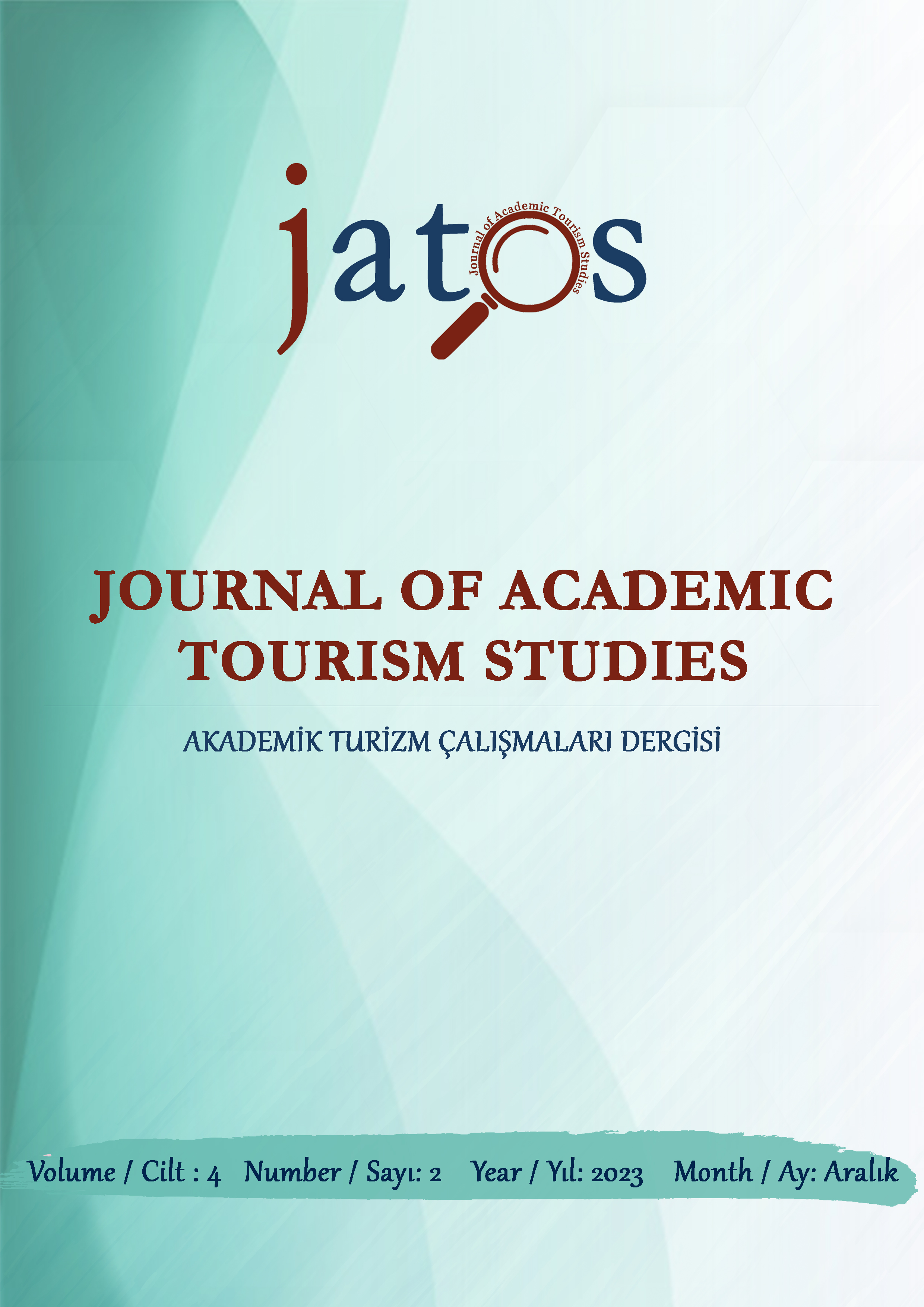Author :
Abstract
Doğu Karadeniz Bölgesi’nin Doğu Anadolu Bölgesi ile sınır ili olan Artvin, engebeli ve zorlu topografik bir coğrafi yapıya sahiptir. M.S. 4.yüzyılda Kapadokyalı Azize Nino’nun telkinleri ile bölgede yayılmaya başlayan Hıristiyanlık ve akabinde Gürcistan Kralı Mirian’ın Hıristiyanlığı kabul etmesi sonucunda bu coğrafyalarda çok sayıda manastırın inşa edildiği görülmektedir. Artvin ilini de kapsayan Tarihi Tao-Klarceti bölgesindeki yüksek ve dağlık alanlar Orta Çağ manastırları için oldukça elverişli bir konum olmakla birlikte aynı zamanda Orta Çağ Gürcü mimarisinin gelişim dönemi (9-10.yy) yapılarının en nitelikli örneklerini de bünyesinde barındırmaktadır. Bu yapılardan İşhan Manastırı Orta Çağ Gürcü mimarisinin Tao-Klarceti bölgesinde dikkat çekici bir yapısı olarak karşımıza çıkmaktadır. Bir Gürcü krallığı olan ve TaoKlarceti bölgesinde hüküm süren Bagratlılar, Artvin ilinde, Orta çağ döneminde çok sayıda manastır ve kilise inşa etmişlerdir. İşhan Manastırı, bir kilise ve bu kilisenin güneybatısında kiliseden bağımsız bir şekilde yer alan Meryem Ana Şapeli olarak günümüze ulaşmıştır. Bu makale, İşhan Manastır Kilisesi’nin restorasyon esnasında ortaya çıkan mekanlar ile kilisenin restorasyon sonrası durumu hakkındaki tespitleri içermektedir. Bu kapsamda yapının, 2012-2019 yılları arasında, Kültür ve Turizm Bakanlığı tarafından yaptırılan mimari restorasyon sonrasındaki genel durumunun tespiti üzerinde durulmuştur. Amacımız, manastırın restorasyon öncesindeki ve sonrasındaki durumunu somut veriler ışığında genel bir değerlendirme ile ortaya koymaktır.
Keywords
Abstract
Artvin, the border province of the Eastern Black Sea Region with the Eastern Anatolia Region, has a rugged and difficult topographic geographical structure. It is seen that many monasteries were built in these geographies as a result of the Christianity that started to spread in the region with the indoctrination of Saint Nino of Cappadocia in the 4th century AD and the subsequent acceptance of Christianity by the Georgian King Mirian. The high and mountainous areas in the historical Tao-Klarceti region, which also includes the province of Artvin, are a very favourable location for medieval monasteries, but also contain the most qualified examples of the buildings of the development period of medieval Georgian architecture (9-10th century). Among these buildings, the Ishan Monastery is a remarkable example of medieval Georgian architecture in the Tao-Klarceti region. The Bagratids, a Georgian kingdom ruling in the Tao-Klarceti region, built many monasteries and churches in Artvin province during the Middle Ages. The İşhan Monastery has survived to the present day as a church and the Chapel of the Virgin Mary, which is located independently of the church in the southwest of this church. This article includes the spaces revealed during the restoration of the İşhan Monastery Church and the determinations about the post-restoration condition of the church. In this context, the general condition of the building after the architectural restoration carried out by the Ministry of Culture and Tourism between 2012-2019 is emphasised. Our aim is to present the condition of the monastery before and after the restoration with a general evaluation in the light of concrete data.





